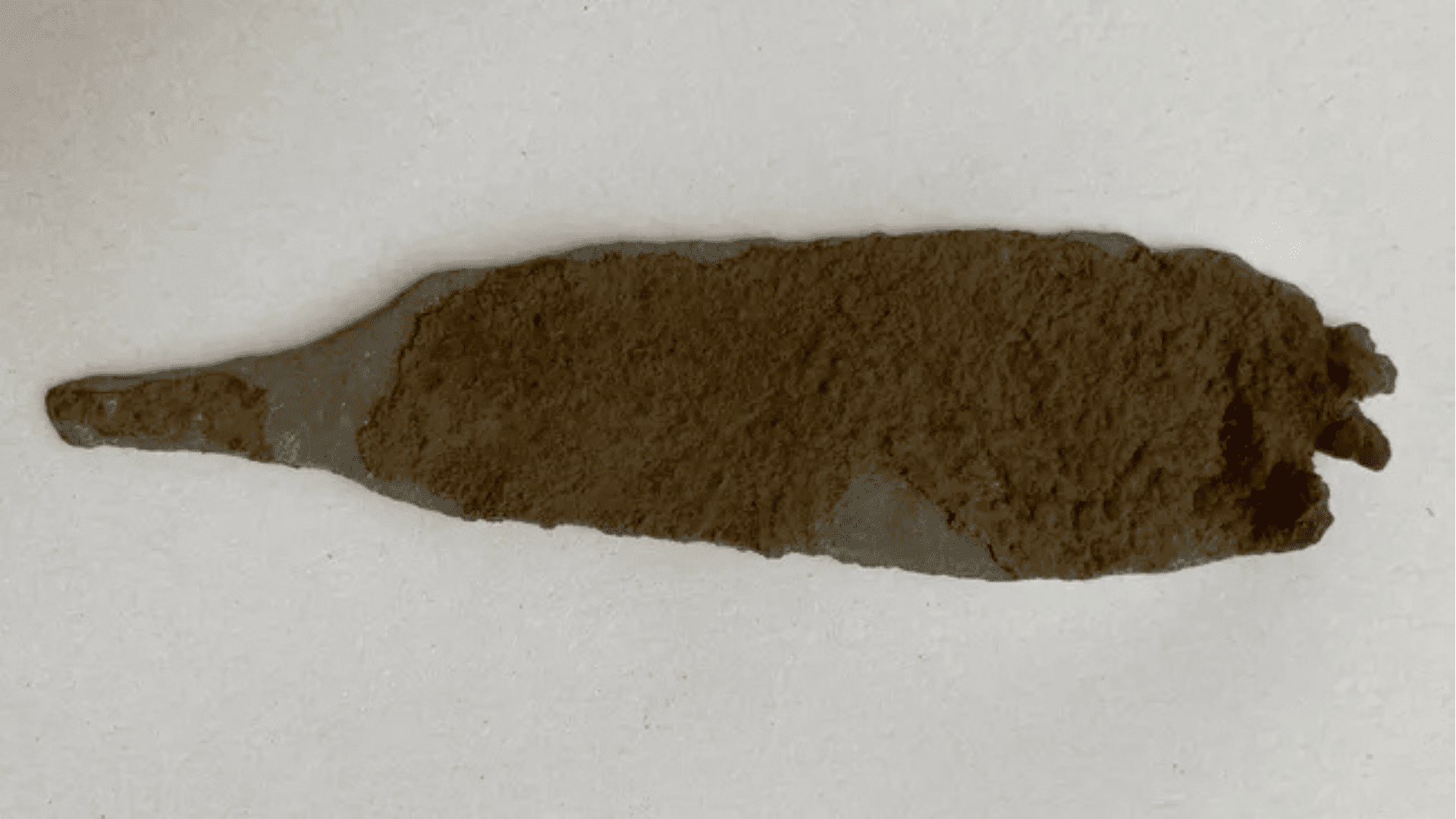On July 12, NASA released the first full-color images taken by the James Webb Telescope, the largest and most powerful observatory ever sent into space. The images reveal a part of space and time never seen before; they signal the beginning of scientific operations that could transform our understanding of the Universe.
The Images
The first set of images and data focus on five targets, looking inside the atmospheres of exoplanets and observing some of the first galaxies created after the universe began. Among the galaxies in these pictures are some of the earliest galaxies ever formed, so the James Webb Telescope is truly looking back in time tens of billions of years.
Southern Ring Nebula
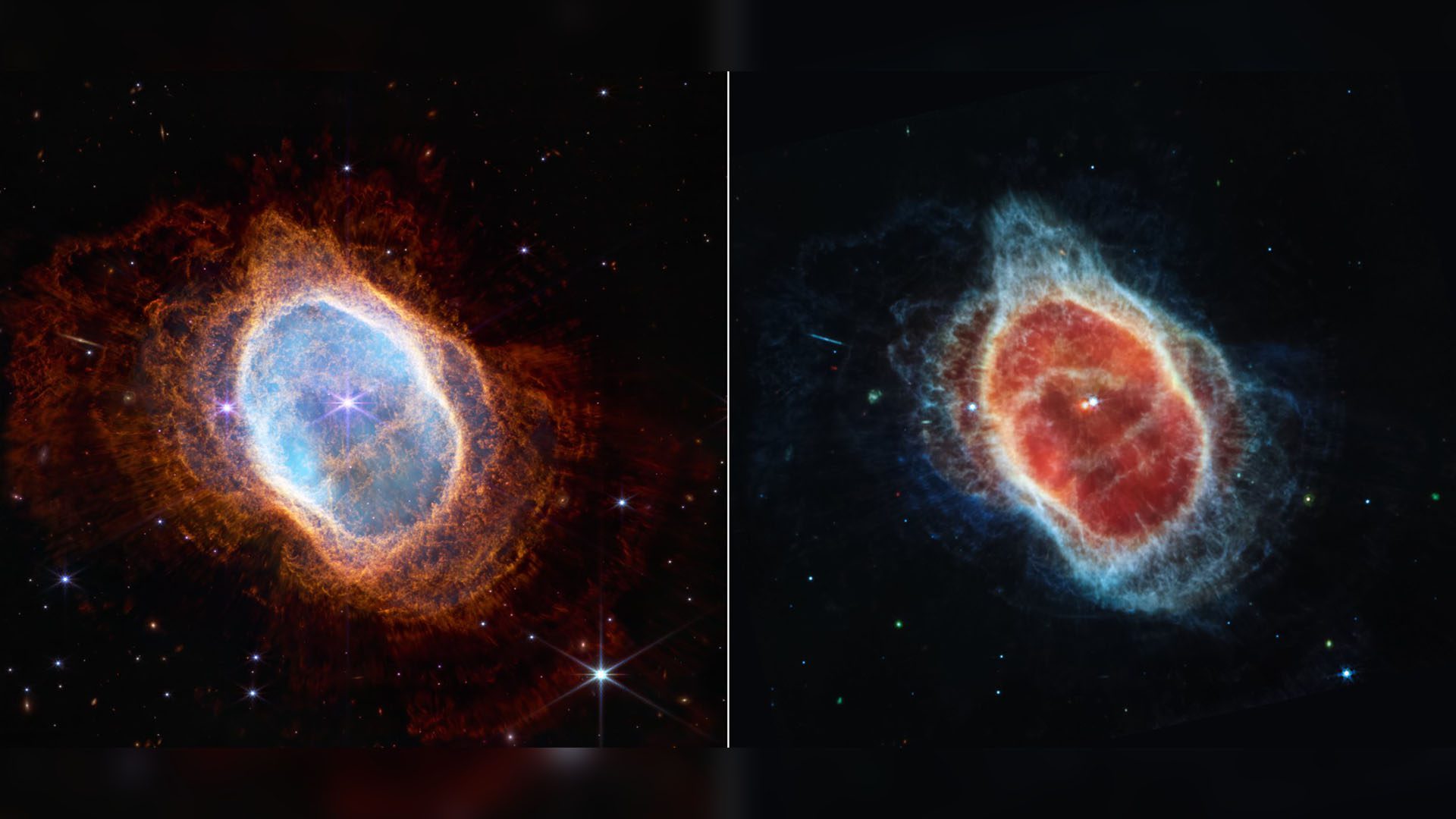

This is a planetary nebula which is an expanding cloud of gas that surrounds a dying star. It is almost half a light-year in diameter. The image is a view of the Southern Ring nebula and its pair of stars by Webb’s NIRCam (Left) & MIRI (Right) instruments.
Carina Nebula
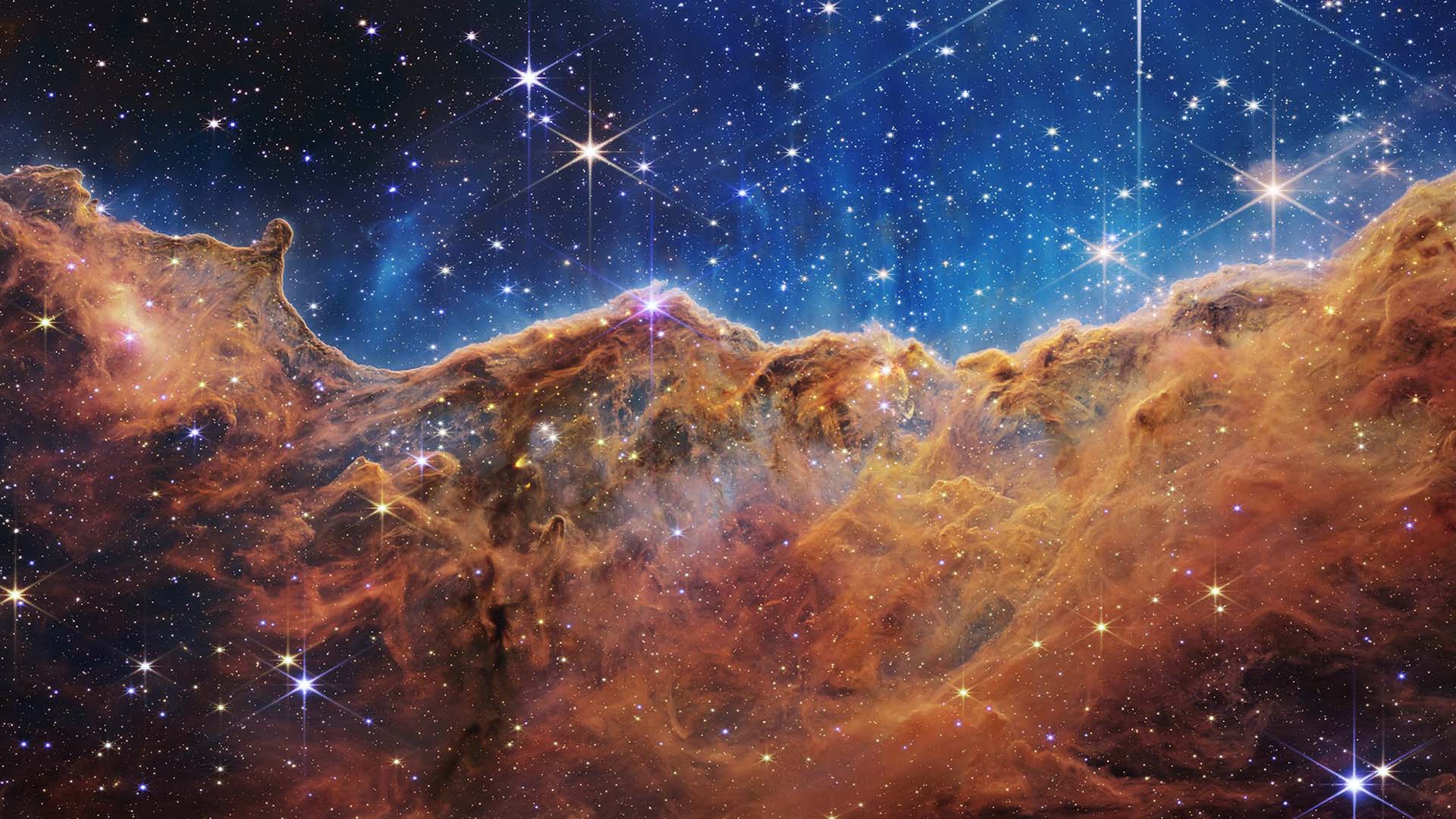

This nebula is a cloud of gas and dust that gives birth to new stars. It’s one of the largest and brightest nebulae in the sky containing a variety of stars at different stages of formation. Some of its stars are several times larger than the Sun. Webb’s new view gives us a rare peek into stars in their earliest, rapid stages of formation.
Stephan’s Quintet
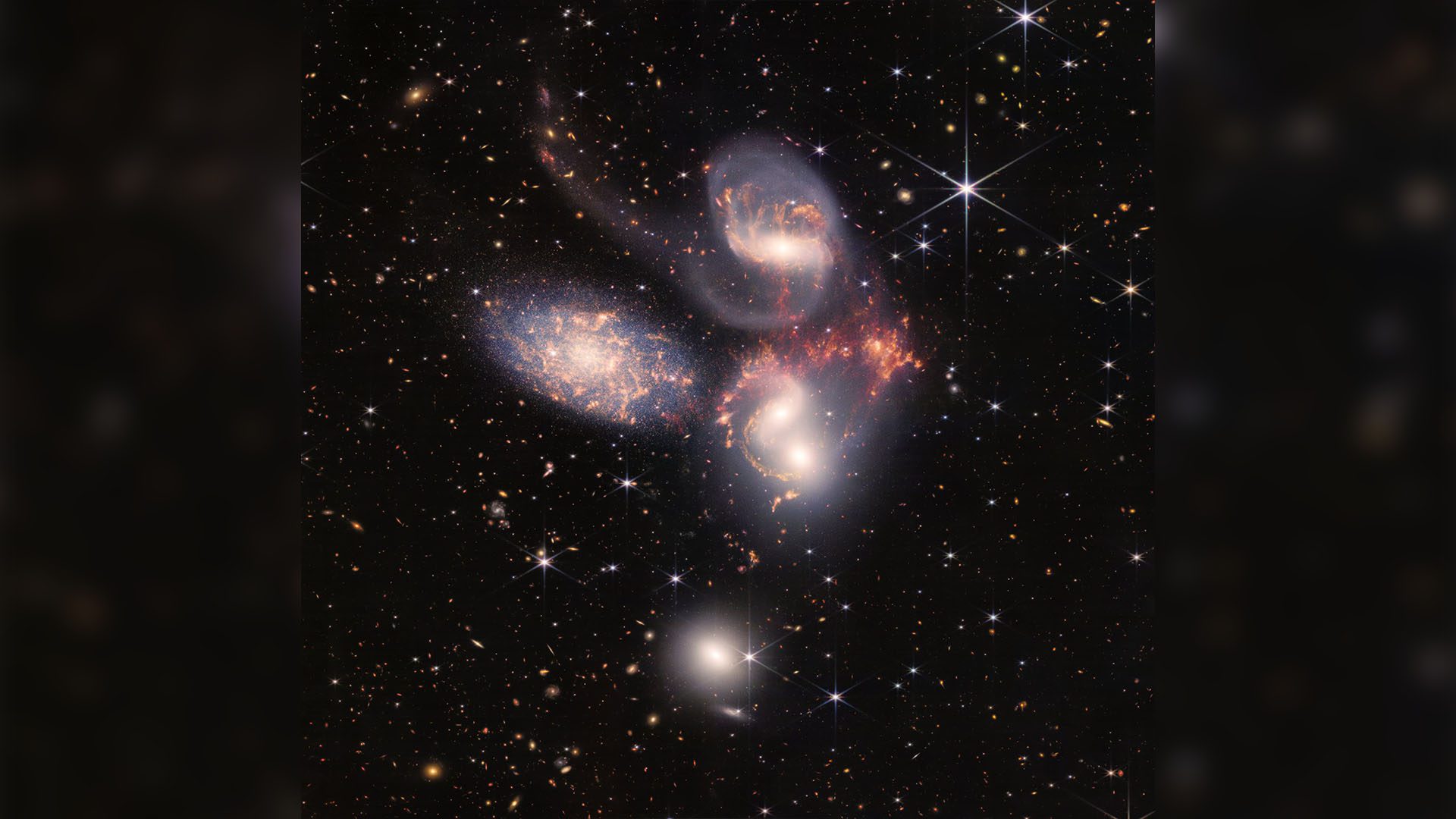

About 290 million light-years away, these are five galaxies, as seen in the image, that are packed so close together that four of them have repeatedly close encounters. Webb will revolutionize our knowledge of star formation & gas interactions in these galaxies.
SMACS 0723
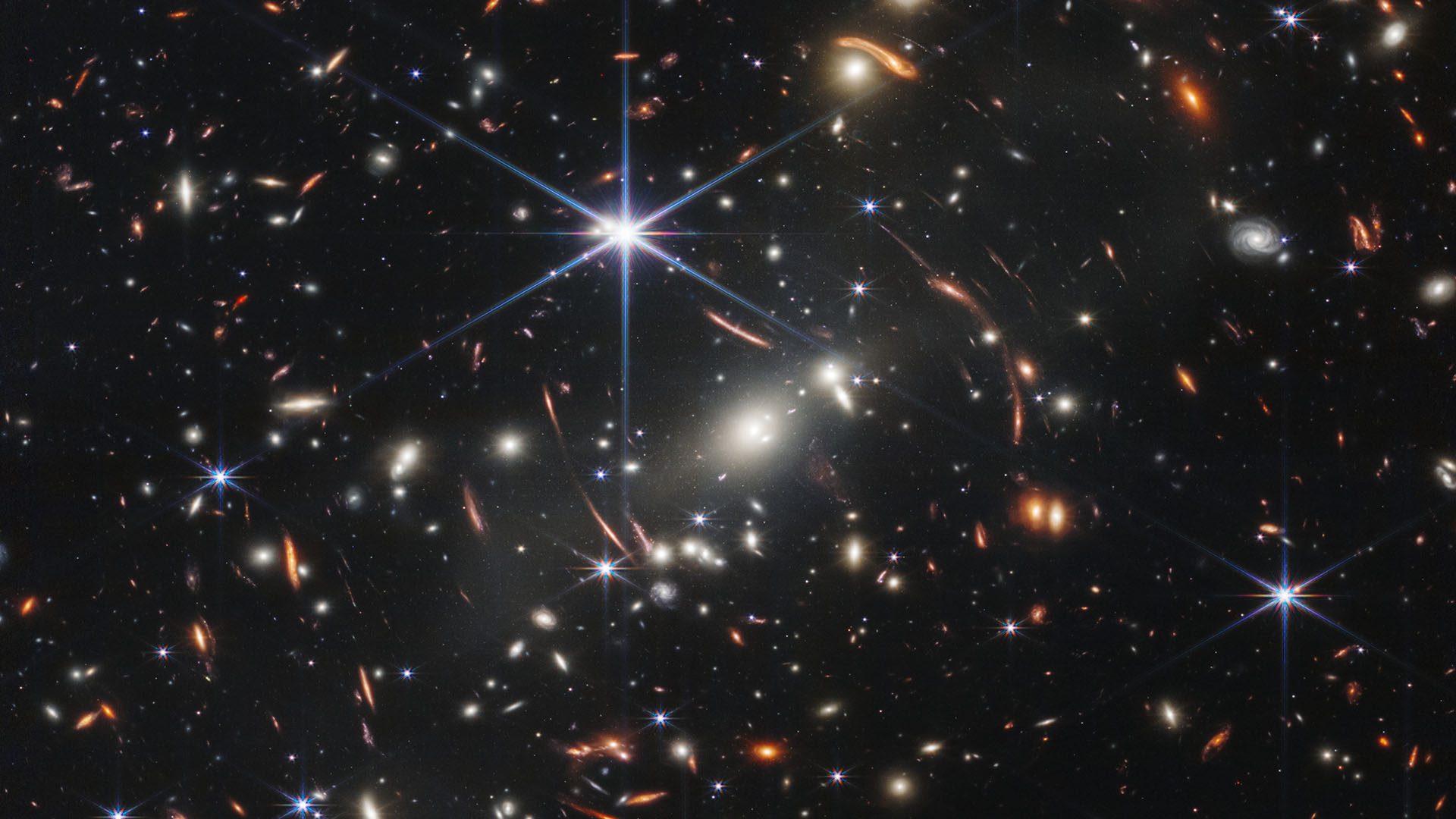

This galaxy is 13 or 14 billion light-years away and is so massive that light bends around it. It can act as a gravitational lens to help scientists see deeper into space and observe fainter galaxies. The spikes in the image are when light from bright objects like stars is bent by the edges of the telescope.
WASP-96 b
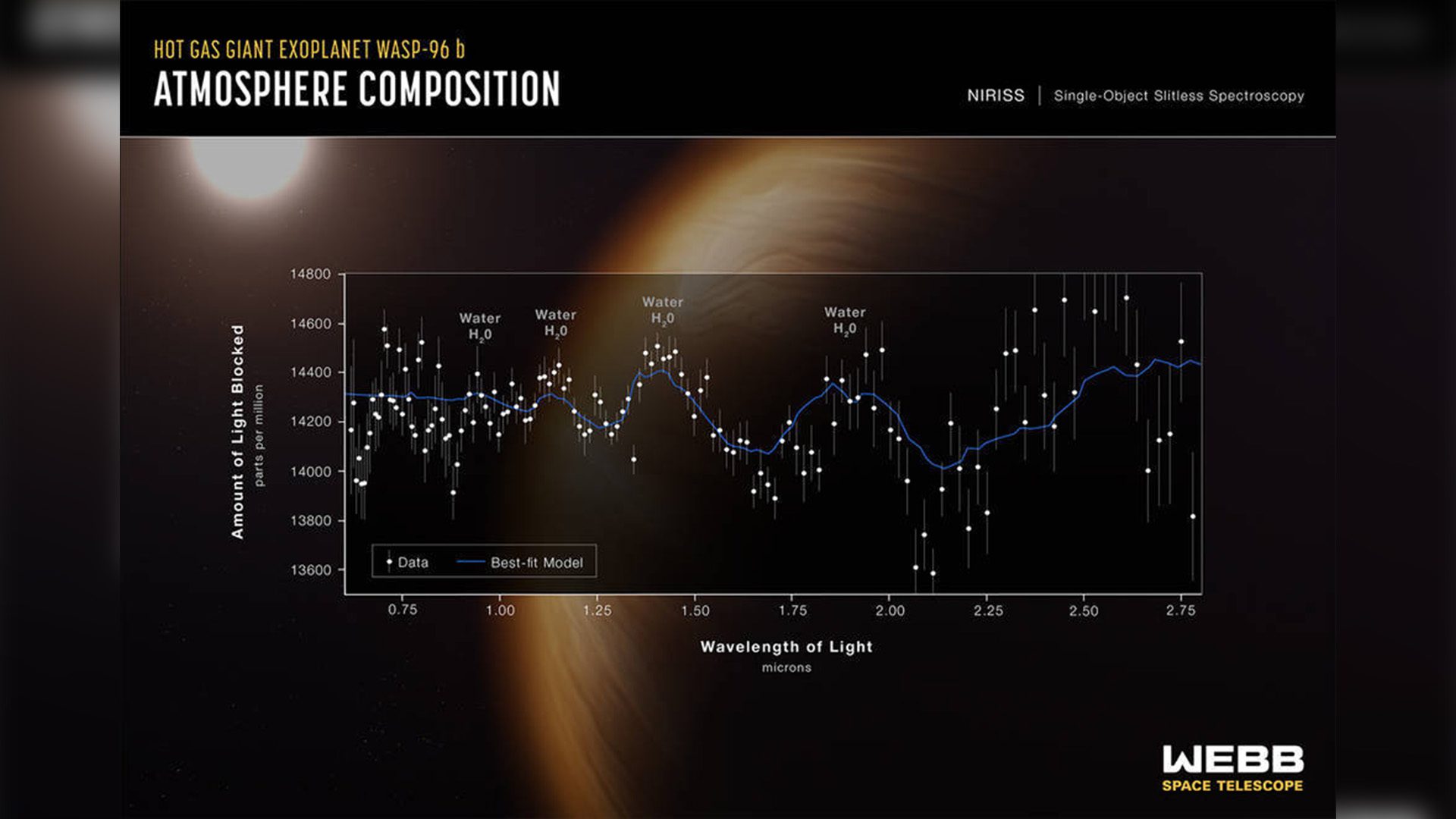

While not an image, this data set is the spectrum of the atmosphere of a gas giant planet that is 1,150 light-years away. Webb spotted the unambiguous signature of water, indications of haze, and evidence of clouds at exoplanet. Before Webb, clouds were once thought not to exist there.
These images are just the beginning for the James Webb Telescope. There are many more images and data points to come—the mission has the capability to operate for 20 years.
About the Telescope
The James Webb Telescope’s 21-foot mirror is the largest ever sent into space. The mirror, coated in a layer of gold-plated beryllium that is 200 times thinner than the average human hair, is designed to see in infrared light. Infrared is the type of light associated with some of the most distant galaxies and stars in the cosmos.
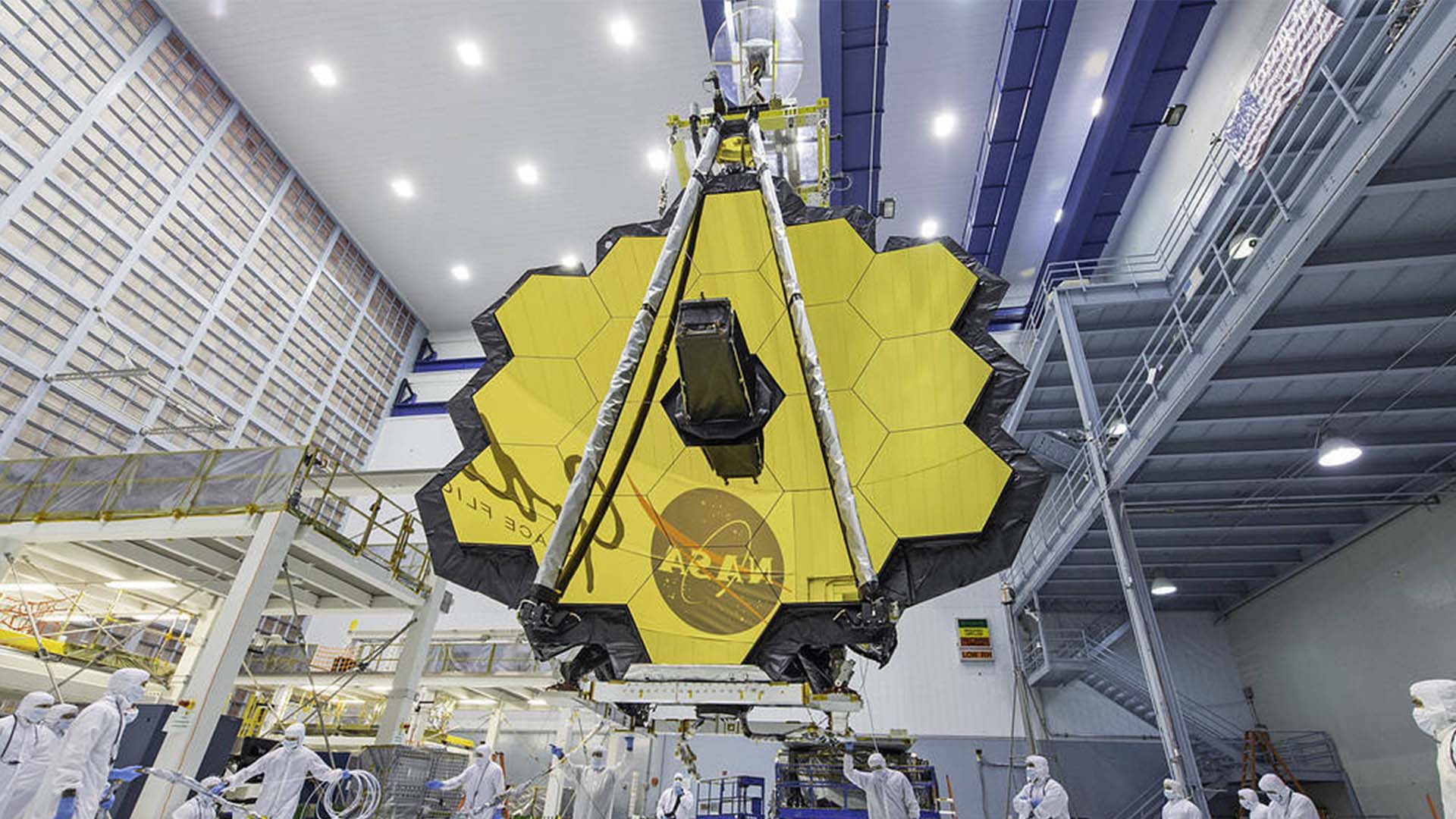

Thanks to the gold mirrors, Webb can see the infrared light that has crossed 13.6 billion light-years to get to Earth, meaning objects that were around just 100 to 250 million years after the Big Bang.
The telescope can’t live in Earth’s orbit because of Earth’s heat. As a result, it was sent to the Lagrange point between the Earth and the Sun—1 million miles away from Earth where the pull of gravity and centrifugal forces allow the telescope to remain in a stable orbit. To keep the telescope extra cool at minus 370 degrees Fahrenheit, it is equipped with a sunshield made up of five ultra-thin layers of Kapton, roughly the size of a tennis court.
Discover how the James Webb Telescope will transform our understanding of the universe, check out the telescope’s incredible view of Neptune, and meet the artist and graphic designer behind the images.
For more of our top blogs of 2022, check out our coverage of the world’s first ropeless elevator, Saudi Arabia’s 75-mile-long linear city, Cyrielle Gulacsy’s art inspired by physics, and sustainable swaps you can make today.





